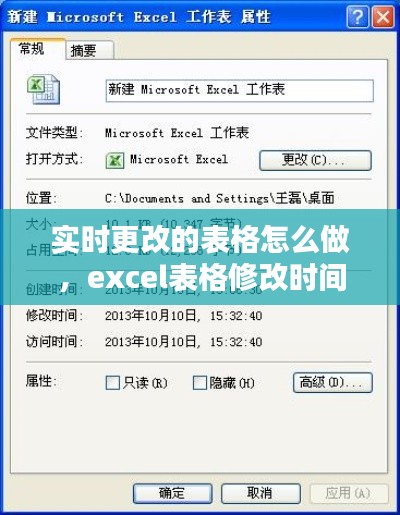Understanding the Concept of "Data Real-Time" in English
Data real-time is a term that is increasingly being used in the context of modern technology and data processing. It refers to the ability to receive and process data as it is generated, without significant delays. This concept is crucial in various industries, including finance, healthcare, and telecommunications, where immediate access to data can make a significant difference in decision-making and operational efficiency.
Translation of "Data Real-Time" in English
When translating "数据实时" into English, there are a few ways to convey the same meaning. The most common translations include:
"Real-time data processing": This emphasizes the processing aspect of the data, highlighting the immediate nature of the operation.
"Live data": This term is often used to describe data that is being updated in real-time, providing the most current information.
"Streaming data": This term is particularly relevant in the context of continuous data feeds, such as those used in financial markets or IoT (Internet of Things) devices.
"Real-time analytics": This combines the concepts of real-time data and analysis, indicating the ability to perform immediate data analysis.
Importance of Real-Time Data
Real-time data is essential in today's fast-paced world for several reasons:
Immediate Decision-Making: In many industries, such as emergency services or stock trading, immediate access to data can mean the difference between a successful outcome and a critical failure.
Enhanced Customer Experience: In sectors like e-commerce or customer service, real-time data allows businesses to provide personalized and timely responses to customer needs.
Operational Efficiency: Real-time data can help companies optimize their operations, reduce downtime, and identify inefficiencies promptly.
Innovation and Competitive Advantage: Companies that can leverage real-time data effectively are often at a competitive advantage, as they can make more informed decisions and adapt to market changes more quickly.
Challenges in Achieving Real-Time Data
While the benefits of real-time data are clear, there are several challenges in achieving this level of data processing:
Bandwidth and Latency: Ensuring that data can be transmitted and processed quickly requires sufficient bandwidth and low latency, which can be costly and technically challenging.
Data Volume: The sheer volume of data that needs to be processed in real-time can be overwhelming, requiring robust infrastructure and algorithms to handle the load.
Complexity: Real-time data systems are often complex, involving multiple components and technologies that must work seamlessly together.
Security: Ensuring the security and privacy of real-time data is critical, as breaches can have severe consequences.
Technologies Enabling Real-Time Data
Several technologies have been developed to enable real-time data processing:
Cloud Computing: Cloud platforms provide scalable resources that can handle the high volume and speed of real-time data processing.
Big Data Analytics: Advanced analytics tools can process large volumes of data in real-time, extracting valuable insights.
IoT Devices: The proliferation of IoT devices generates vast amounts of data that can be processed in real-time to enable smart systems and applications.
Edge Computing: This approach involves processing data closer to the source, reducing latency and bandwidth requirements.
Conclusion
Understanding the concept of "data real-time" in English is crucial for anyone involved in the technology and data sectors. It represents the ability to process and access data immediately, which is becoming increasingly important in today's data-driven world. While there are challenges to overcome, the benefits of real-time data processing are significant, driving innovation and efficiency across various industries.













 桂ICP备18009795号-1
桂ICP备18009795号-1